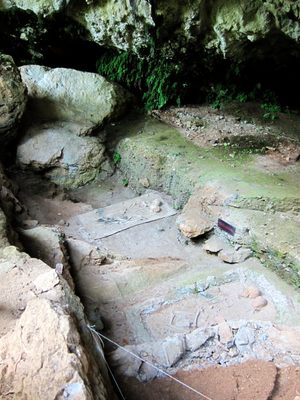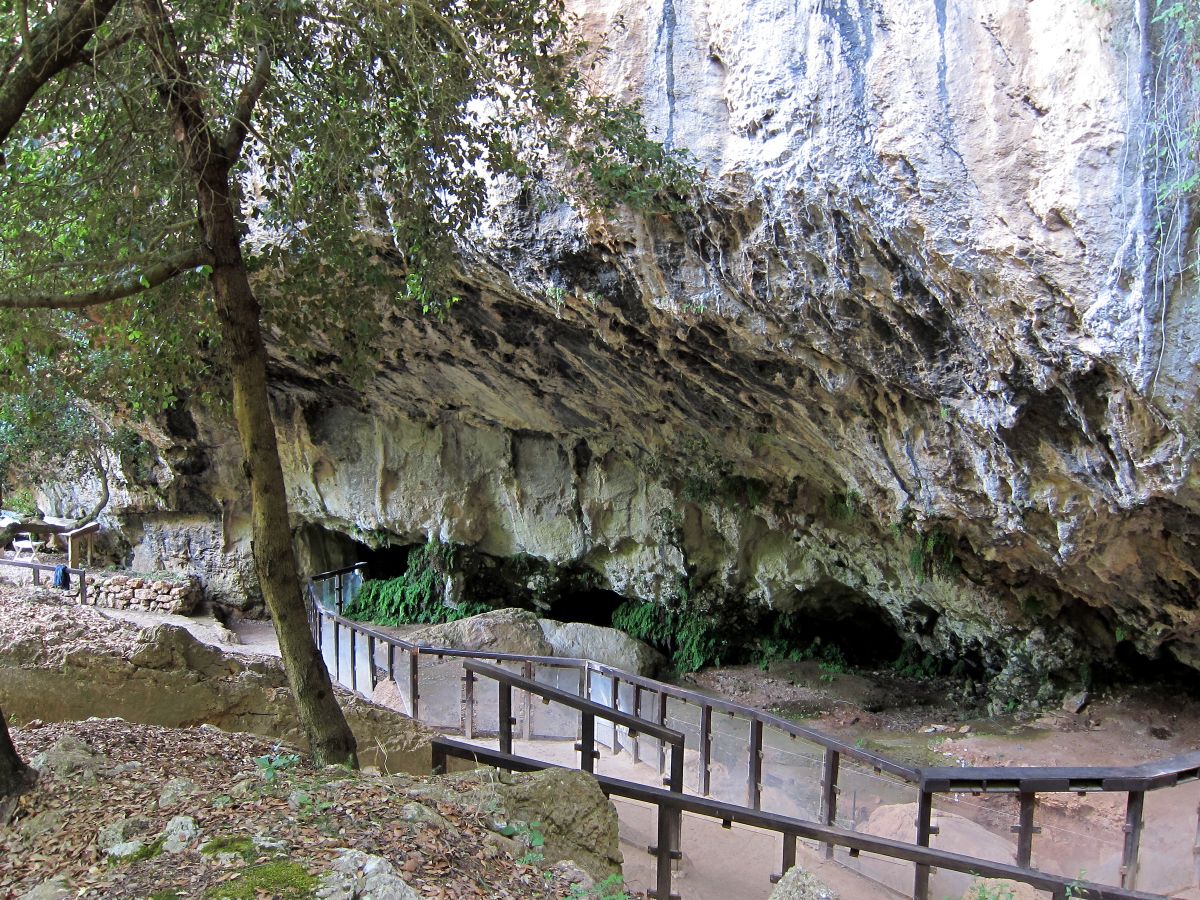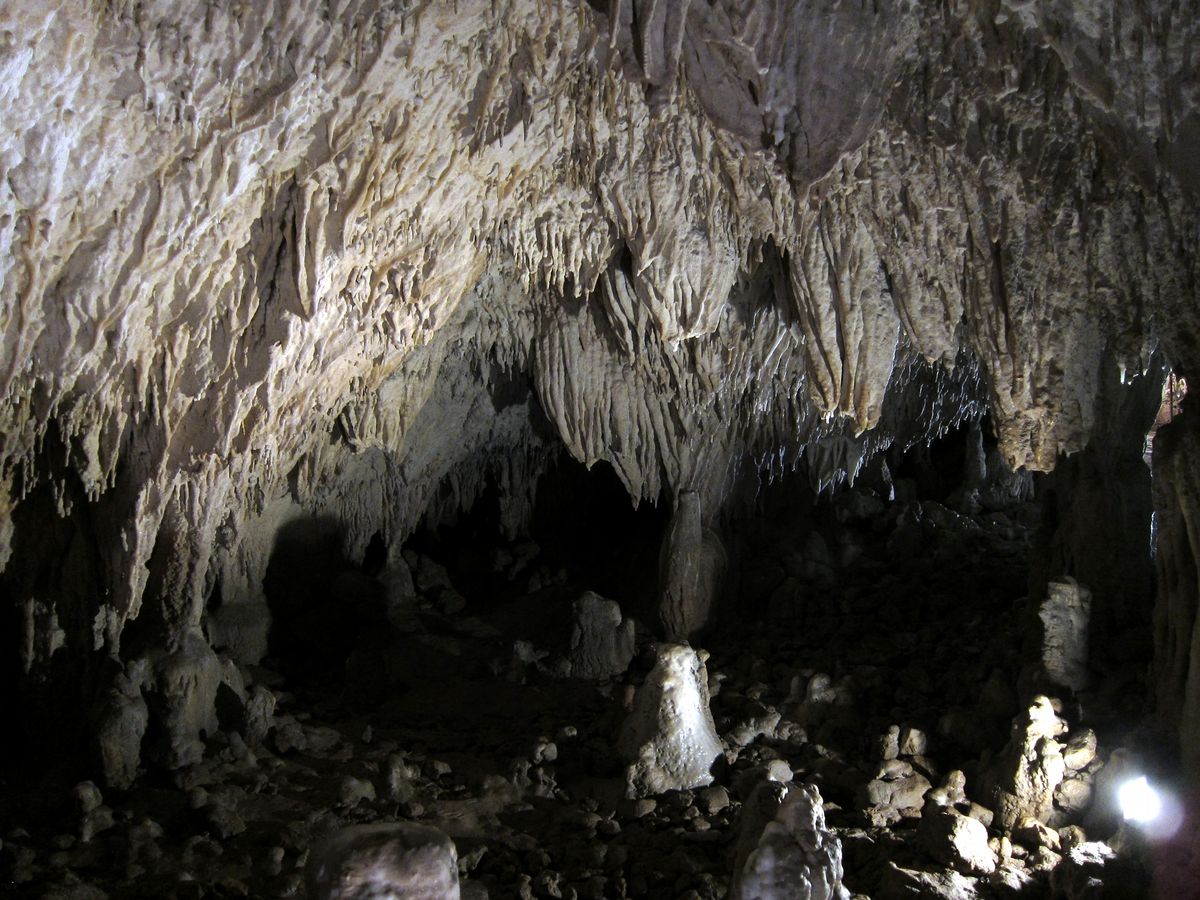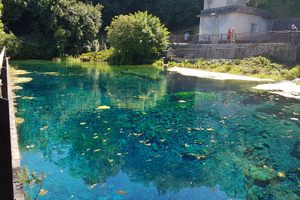About
Located inside Pollino National Park, the largest protected area in Italy, Romito Cave is the site of important research into early humans, an archaeological park that explains it, and a large carving of a bull that's estimated to date back at least 12,000 years.
Since its discovery in 1961, the cave has intrigued researchers, who estimate that it was inhabited since the end of the Paleolithic era. In addition to the bull carving, which depicts an auroch (a type of cattle now extinct), notable discoveries of the limestone cave include a series of graves that contain a body exhibiting dwarfism (confirming the existence of the condition this early in human history) and quantities of obsidian that suggest involvement in trading networks.
Still, for most visitors, the cave art is the highlight of a visit, the clear lines that depict a several-foot-long bull communicating artistic intent across millennia.
Related Tags
Know Before You Go
You can take a bus or train to the nearby town of Papasidero, which is five-mile (eight-kilometer) walk from the cave. By car, the cave and museum is a winding drive up the hills. Parking is available onsite. Check the website for information on hours, which vary by the season. While parts of the site are accessible, the cave is not accessible for all visitors with motor disabilities.
Flavors of Italy: Roman Carbonara, Florentine Steak & Venetian Cocktails
Savor local cuisine across Rome, Florence & Venice.
Book NowCommunity Contributors
Added By
Published
July 7, 2020
Sources
- https://www.sitiarcheologiciditalia.it/en/romito-cave/
- https://pubmed.ncbi.nlm.nih.gov/3291617/
- https://books.google.com/books?id=E2WnBAAAQBAJ&pg=PT567&lpg=PT567&dq=romito+cave+carving+bull+auroch&source=bl&ots=Om15D9-td1&sig=ACfU3U3LL7TQ3tXZIkmDs7Xh8IET9KoaLQ&hl=en&sa=X&ved=2ahUKEwin4-jdp6rqAhUjmXIEHbX_BQ0Q6AEwAnoECAsQAQ#v=onepage&q=romito%20cave%20carving%20bull%20auroch&f=false
- https://www.persee.fr/doc/bmsap_0037-8984_1995_num_7_3_2413
- http://www.iias.it/grotta_del_romito.html
- https://en.wikipedia.org/wiki/Romito_Cave
- https://www.grottaromito.com/it




























